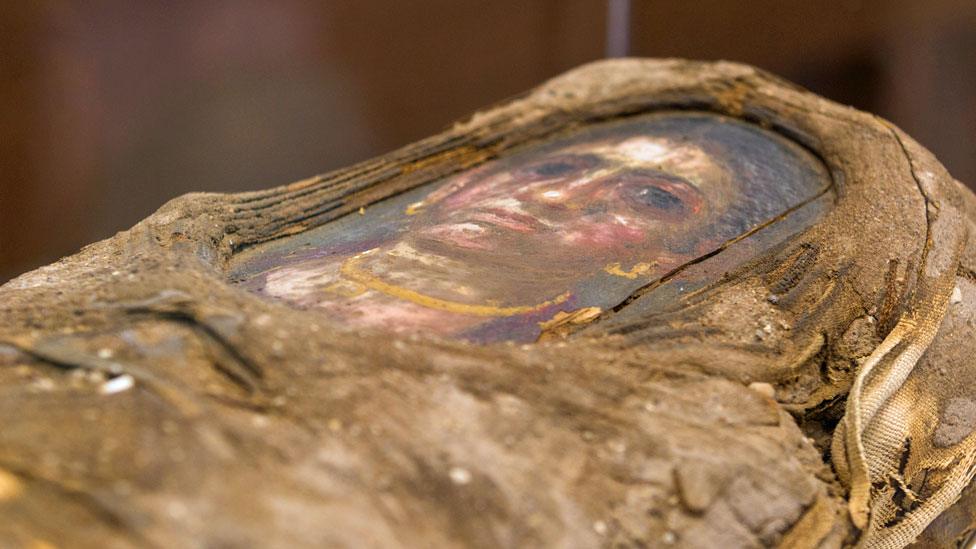Should museums still display mummified remains?

Derby Museums has two mummified remains on display
- Published
"Should mummified remains still be on display in museums today?"
That is a question Egyptologist Dr Angela Stienne has dedicated a large portion of her work to, exploring the topic "without judgement".
The museum ethics specialist led a debate at Derby Museums - which has the remains of two Egyptian mummies on display - to explore the "complex and often controversial" presence of ancient Egyptian human remains in European museums.
Dr Stienne told the BBC: "We need to create a space to have these conversations."
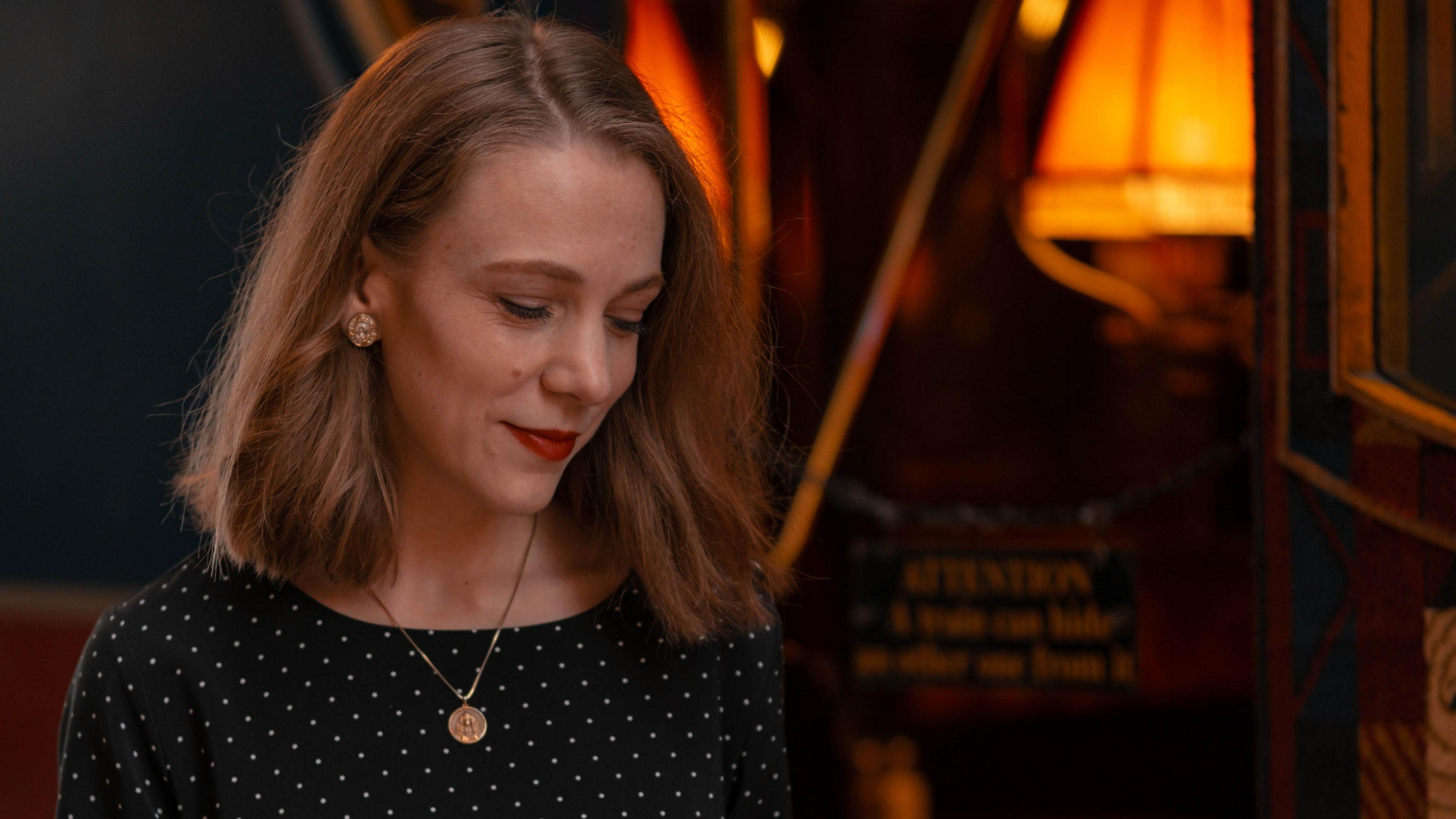
Dr Angela Stienne said the debate had increased about the use of mummified remains in museums across the world
Mummification, external - the preservation of bodies through embalming or natural processes - was most famously practised in ancient Egypt.
The technique, which evolved over centuries, typically involved removing internal organs, treating the body with resin, and wrapping it in linen.
"These are bodies that have been moved from Egypt, usually a long time ago, and have been put in a museum, whether that's in England or elsewhere," she said.
"It's about how they got there, so there's a historical side, and then what is it that makes us go and see them.
"What we have in museums, whether it's bodies or objects, represents the wealthy."
Other cultures, including the Inca of South America and communities in the Torres Strait, between Papua New Guinea and Australia, also practised forms of mummification.
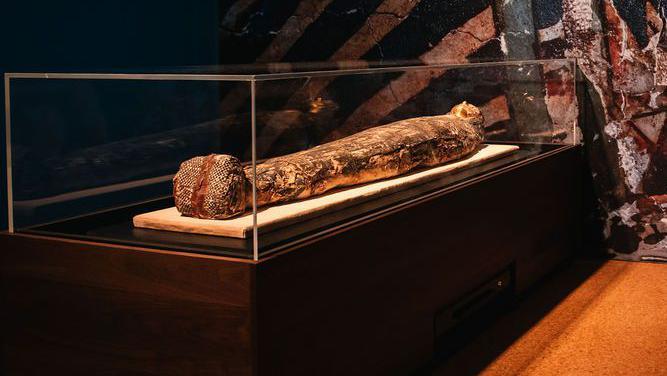
Dr Stienne said the use of mummies in popular culture could be a reason why people often went to museums to visit them
Dr Stienne also said one reason why people disassociated mummies from actual people was partly down to popular culture over the years.
"Once you step back, you say 'why is it we go and see dead bodies in museums?'
"But if you grew up watching Scooby-Doo, there's a mummy there [represented in] and other cartoons and movies.
"We don't really investigate this, that's what I like to do, but in a non-judgemental way, because a lot of the time when we ask this, we feel like what we are doing is wrong.
"I like to ask these questions out of curiosity."
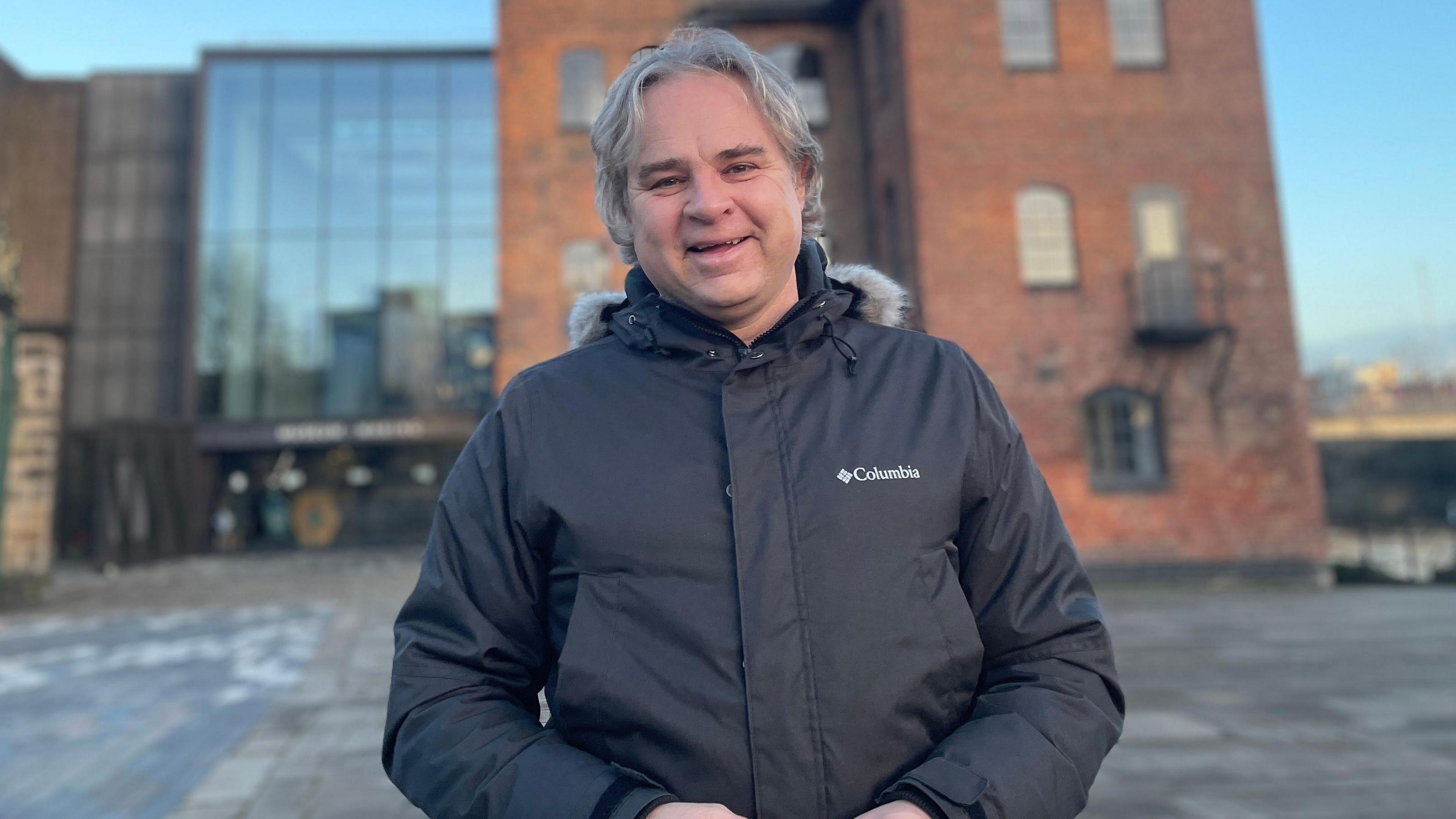
Tony Butler from Derby Museums said they were looking at different ways to tell the story of mummified remains
Tony Butler, executive director at Derby Museums, said Dr Stienne's visit to the city asked probing questions about how to showcase mummified remains.
"Over the last year or so, we've been looking at different ways of telling that story.
"Because these are real people, you put them in a museum and you disassociate them from the culture that they lived.
"Would you want to be put in a museum when you die?"
Get in touch
Tell us which stories we should cover in Derby
Follow BBC Derby on Facebook, external, on X, external, or on Instagram, external. Send your story ideas to eastmidsnews@bbc.co.uk, external or via WhatsApp, external on 0808 100 2210.
Related topics
- Published14 February
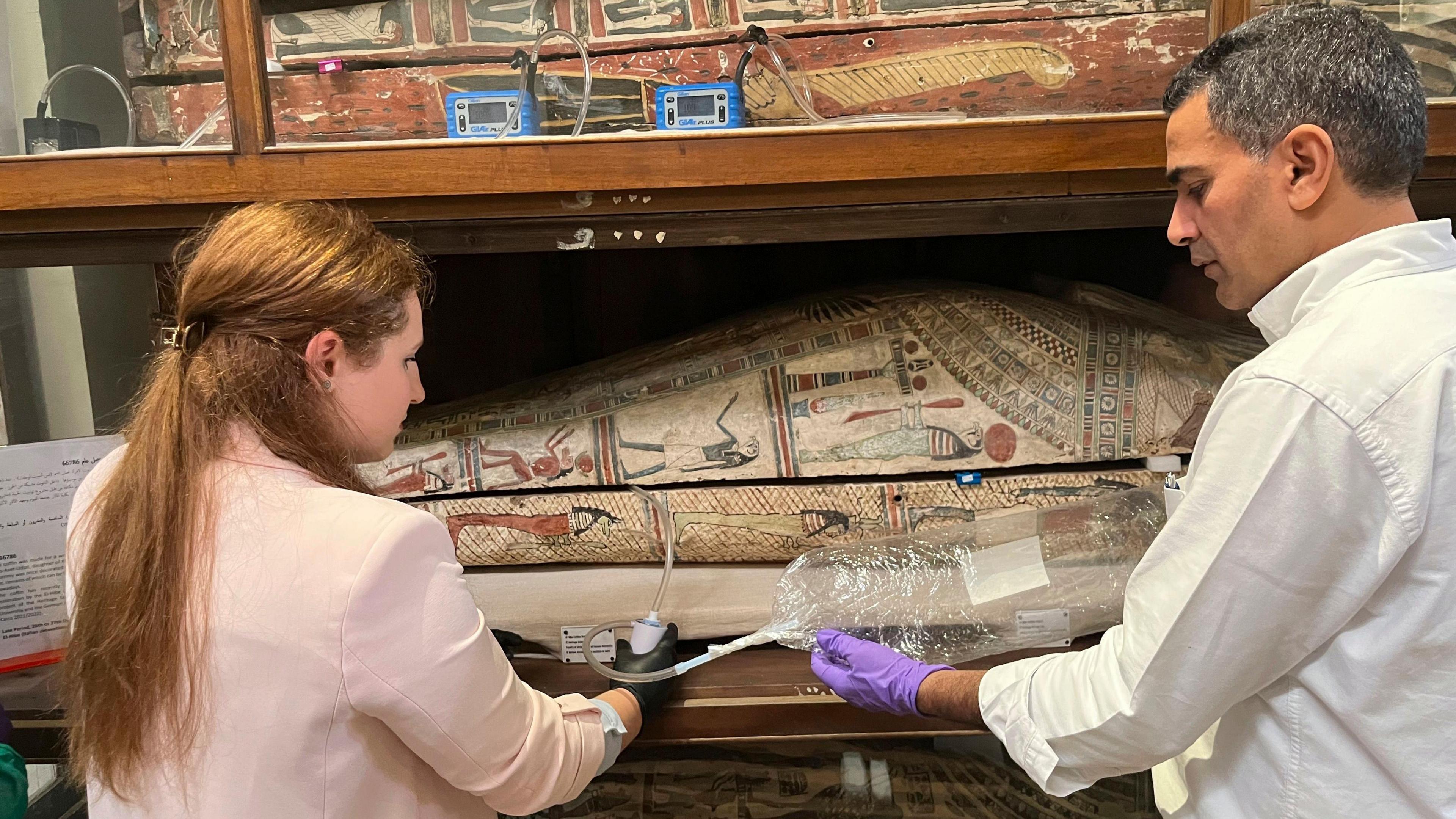
- Published26 January 2023
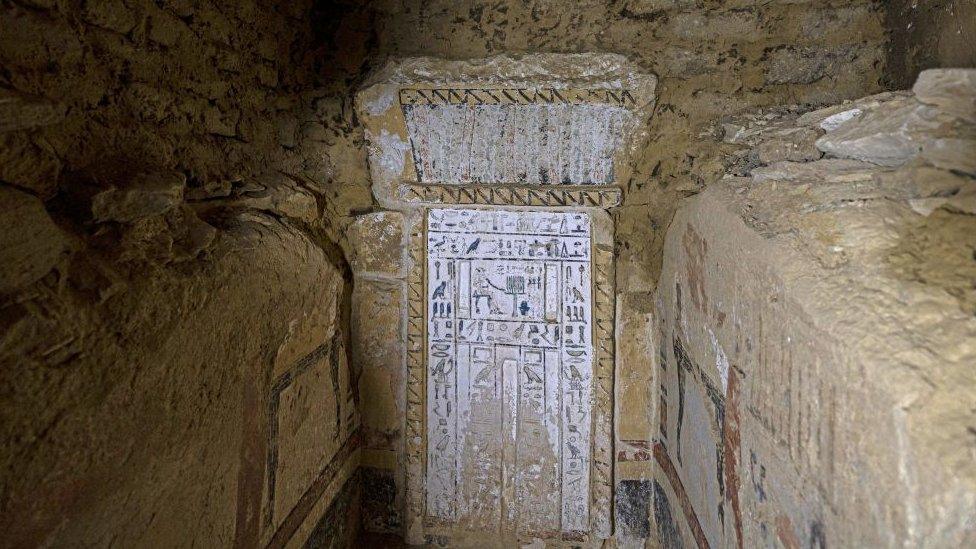
- Published3 April 2021
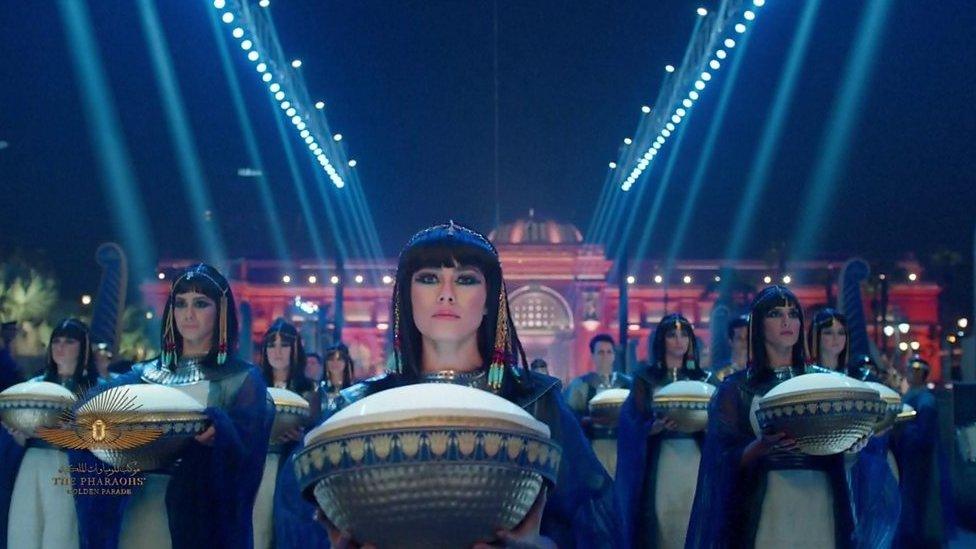
- Published16 August 2018
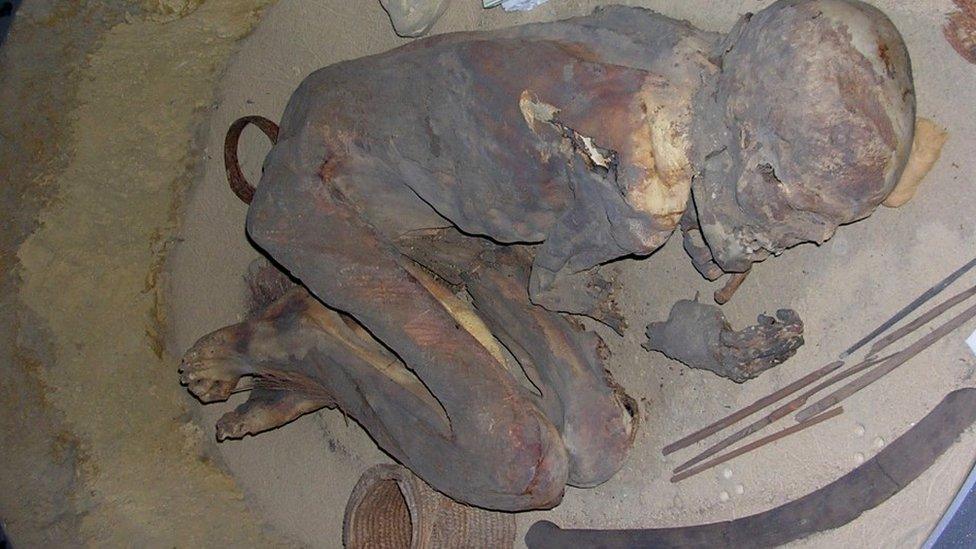
- Published6 December 2017
